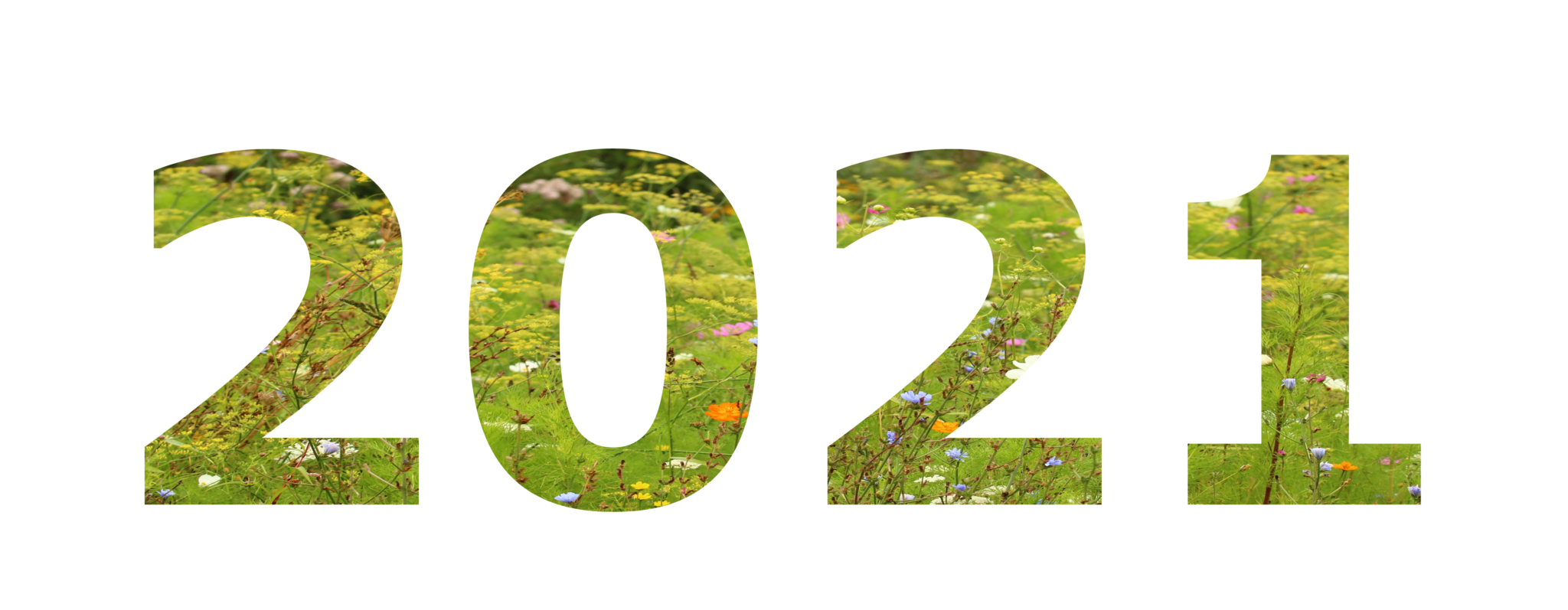BeeOdiversity : biomonitoring in 2021
In the course of 2021, more than 100,000 ha have been assessed, impacting nearly 3 million people. Initially mainly present in Belgium and France, our services now also extend to more than 10 European countries (Germany, England, Bulgaria, Poland, etc.), the United States and Africa.
From plant diversity to pollutant concentrations (pesticides, heavy metals, polycyclic aromatic hydrocarbons (PAHs), dioxins and furans, etc.), thousands of analyses were carried out this year.
Our colleagues the bees
Our measuring tool, BeeOmonitoring, based on the genius of nature and technology, allows us to cover large areas (+/- 700ha). The bees, like natural drones, collect samples from the environment by visiting up to 4 billion flowers per year per hive. The 2021 season was difficult for the bees in most of the regions where our projects take place due to the weather conditions, but this did not prevent our faithful colleagues from collecting the pollen needed for the analyses. In addition, across all projects, the bee mortality rate in 2021 is less than 10%.
The quality of biodiversity
All the pollen grains collected by the bees in their environment constitute the bees’ dietary diversity but also an important indicator of the plant biodiversity present in the territory. In total, 554 different plant species were identified during the 2021 season. On each territory, this plant diversity makes it possible to evaluate the quality of the habitat.
Some remarkable species were detected during the year, in particular the bog asphodel (Narthecium ossifragum (L.) Huds.), a small yellow-flowered plant typical of peat bogs, marshes and wet moors, bistort (Bistorta officinalis Delarbre) with its long pink flowers in a spike, which can be found in wet meadows if you are lucky, but is more common in the mountains, or the dwarf willow (Salix herbacea L.), a tree not exceeding 10 cm in height and present in cold areas.
The pollen analyses also make it possible to identify invasive plant species, one of the five causes of the decline in biodiversity worldwide. The four most frequently identified invasive species are: the butterfly bush (Buddleja davidii Franch.), which despite its name is detrimental to pollinators, Himalayan balsam (Impatiens glandulifera Royle), staghorn sumac (Rhus typhina L.) and cherry laurel (Prunus laurocerasus L.). These invasive alien species settle at the expense of the local flora and thus generate a loss of local biodiversity.
Finally, through palynological analyses, new crops emerging in our regions such as hemp (Cannabis sativa L.), sorghum (Sorghum sp. Moench) and buckwheat (Fagopyrum esculentum Moench) are found.
Agricultural pollutions
There are multiple ways in which bees are exposed to pesticides. Bees come into contact with pesticides by pollinating treated crops or field margins such as weeds, flower strips or neighbouring crops. It is also possible that a deposit is made in the air, if the bee is foraging at the time of spraying.

Au During the 2021 season, more than 300 pesticide analyses were conducted and 78% of the samples contained at least one active ingredient. Many samples also contained more than one active ingredient, sometimes in concentrations exceeding the maximum residue limits (MRLs) permitted at European level.
A total of 111 different active ingredients were detected, which is an increase of 20 compared to 2020. The pesticide most frequently found in 2021 was benalaxyl, with a sad record of 144 occurrences, 66 of which were above the European standards. This fungicide is mainly applied on potato crops. The rainy weather of this season and the change in legislation explain, among other things, its high presence. Benalaxyl has been banned since 3 April 2021 with a grace period until 5 October 2021.
So we hope that benalaxyl will not be present in 2022… But bans are not always enough. Indeed, during the year 2021, 20 banned substances were detected, some of which have been banned for more than 15 years!
Industrial pollutions
Exposure to pollution is not limited to pesticides. On one industrial site, concentrations of PAHs (polycyclic aromatic hydrocarbons), dioxins and furans were measured that were 3 times higher than the maximum authorised limits. In general, lead concentrations were also found to be 3 times higher in industrial areas. Copper and zinc are the heavy metals most present in the environment.
Act to improve your environment
The data obtained through biomonitoring are used as quantitative and qualitative indicators, making it possible to target improvement actions.
The lack of floral resources identified at certain times of the year has led to targeted improvements by our partners, who have transformed their mown lawns into beds of diverse and local plants, including fruit trees, multi-trunk trees, etc., and transformed the largest areas into flowering meadows.
Levels of captan, a fungicide applied mainly to fruit trees, were reduced by up to 50 times on sites where collaboration was established with apple producers and the municipality. It was so successful that the experiment is being repeated this year with potato farmers.
This year, more than 30 sites have been labelled, which is double the number of sites labelled in 2020.
By acting locally, each partner improves biodiversity globally. Together we can create value with biodiversity as a solution! Congratulations to our partners for their continued efforts, and welcome to those joining us in 2022!
Want to halt the loss of biodiversity and create value? Do you have an idea or do you want to find out more about our approach and our services ?
Complete the form below and we will get back to you as soon as possible
BeeOdiversity develops projects in several European countries, Switzerland and the United States. Its tools and services can be used the world over.
To contact us from Belgium and abroad : +32 2 428 00 82
Head office :
Avenue Arnaud Fraiteur 15-23
1050 Brussels, Belgium
0 Comments